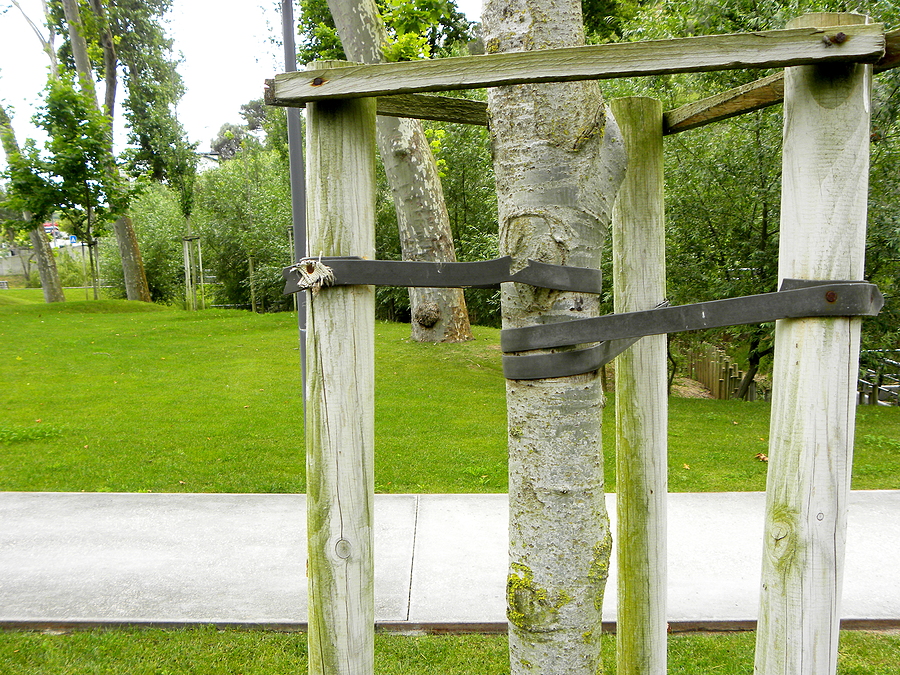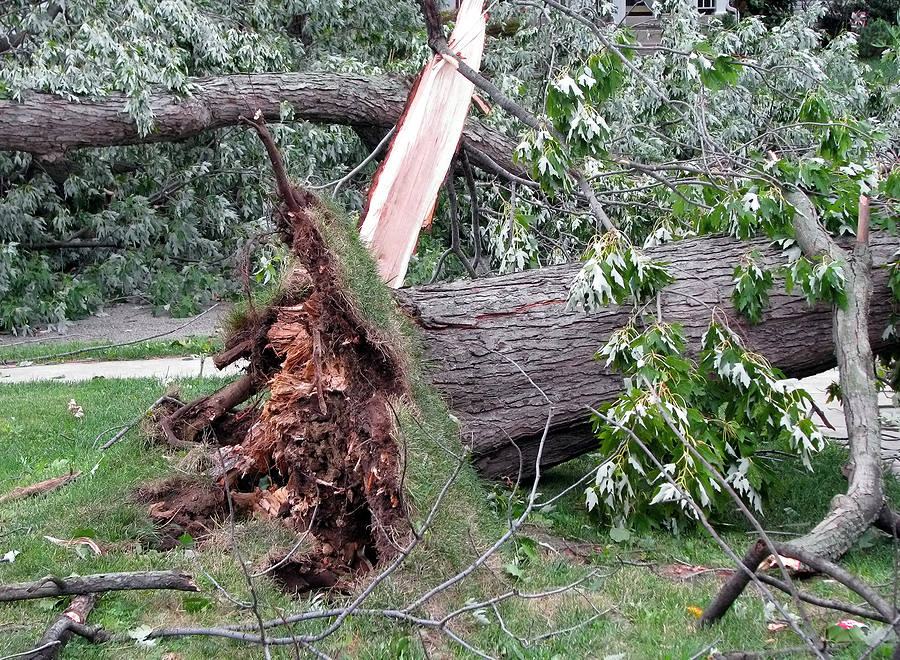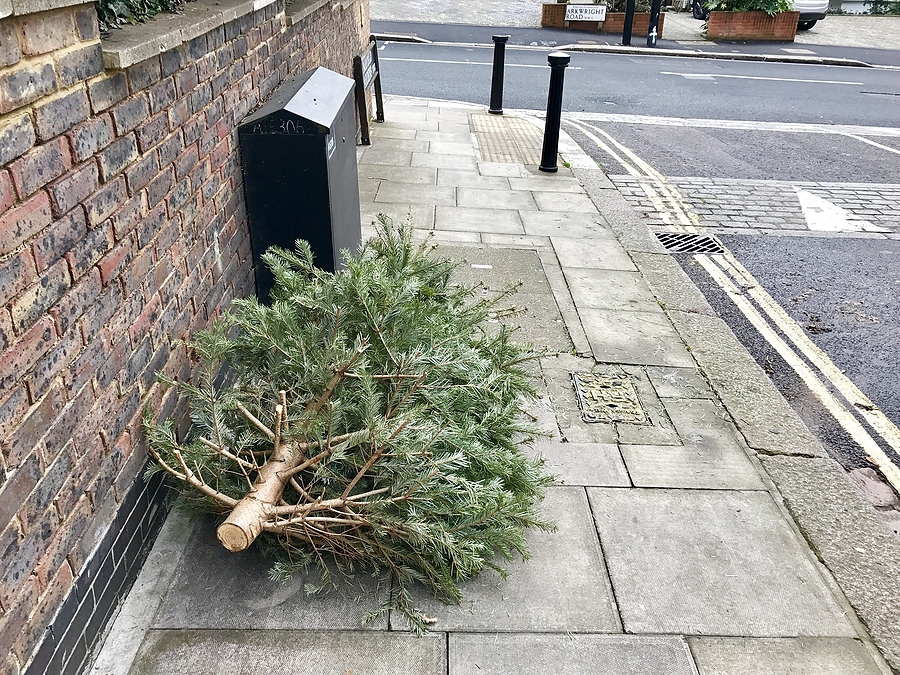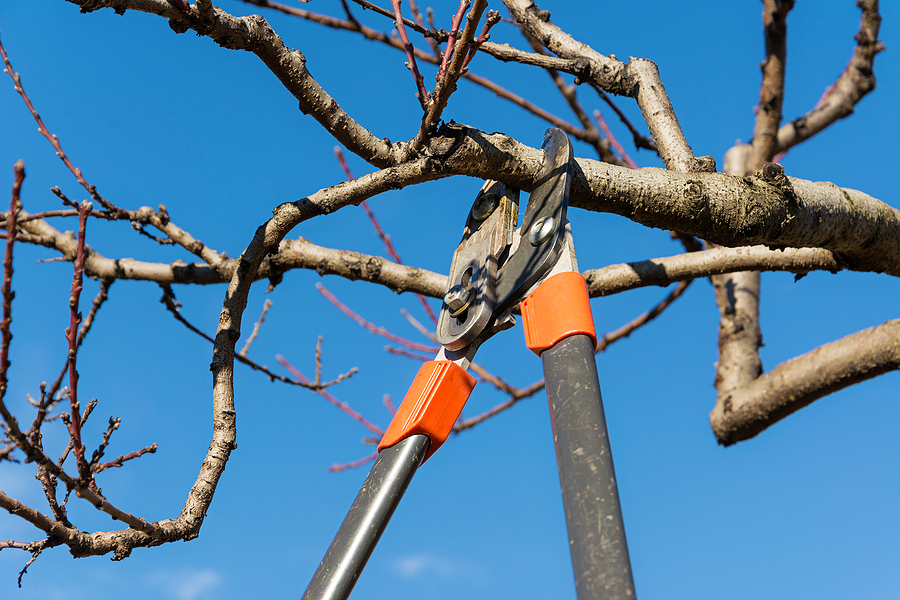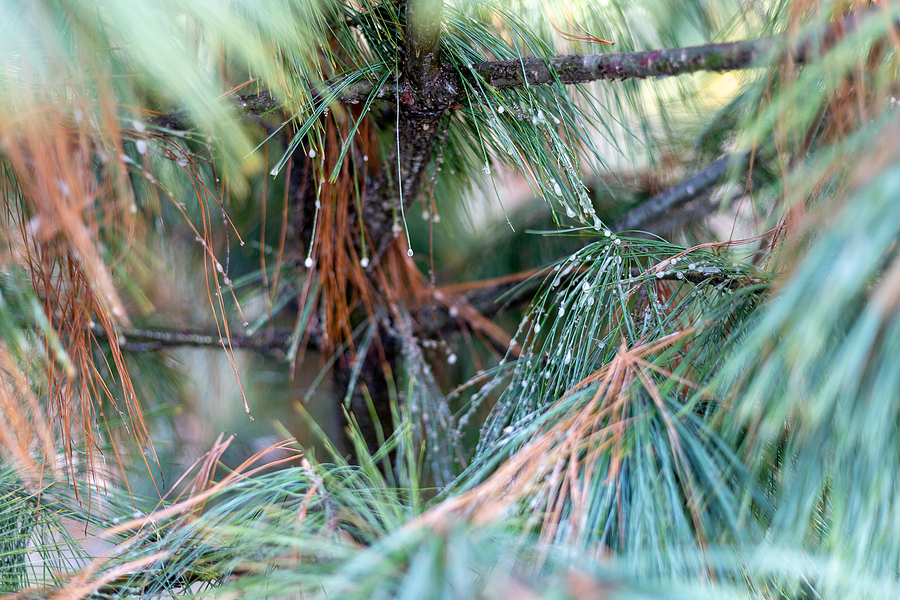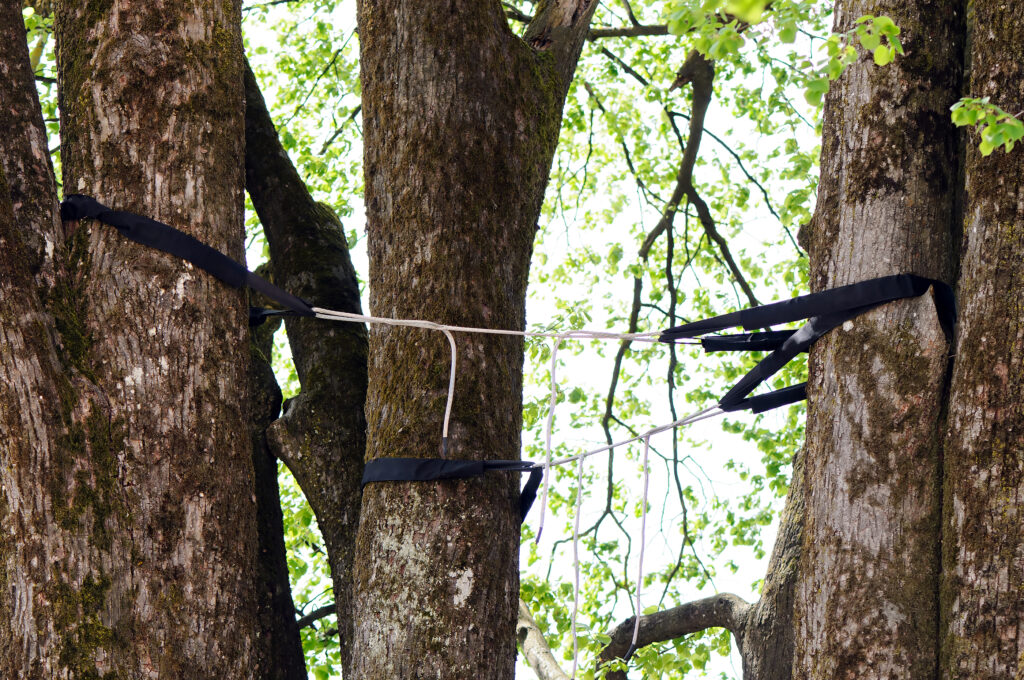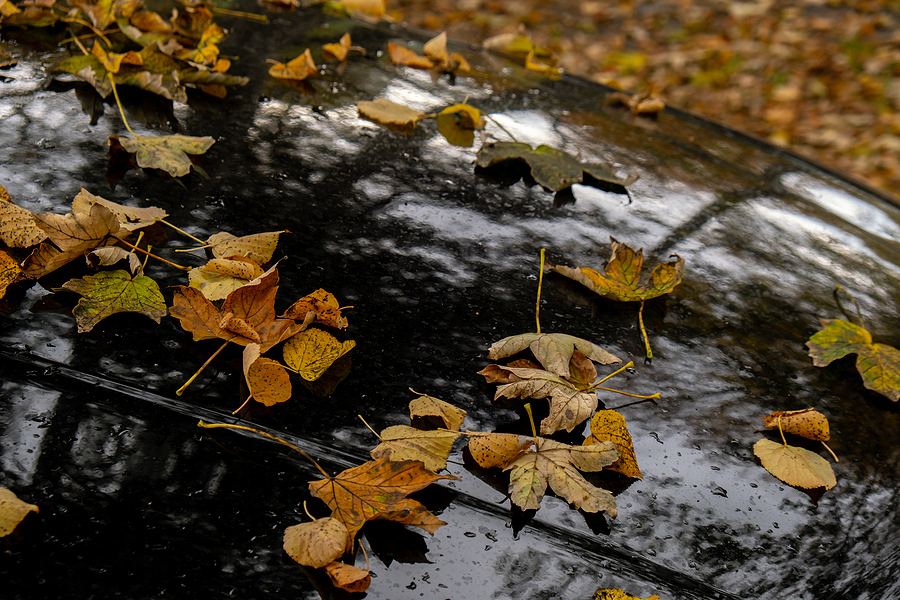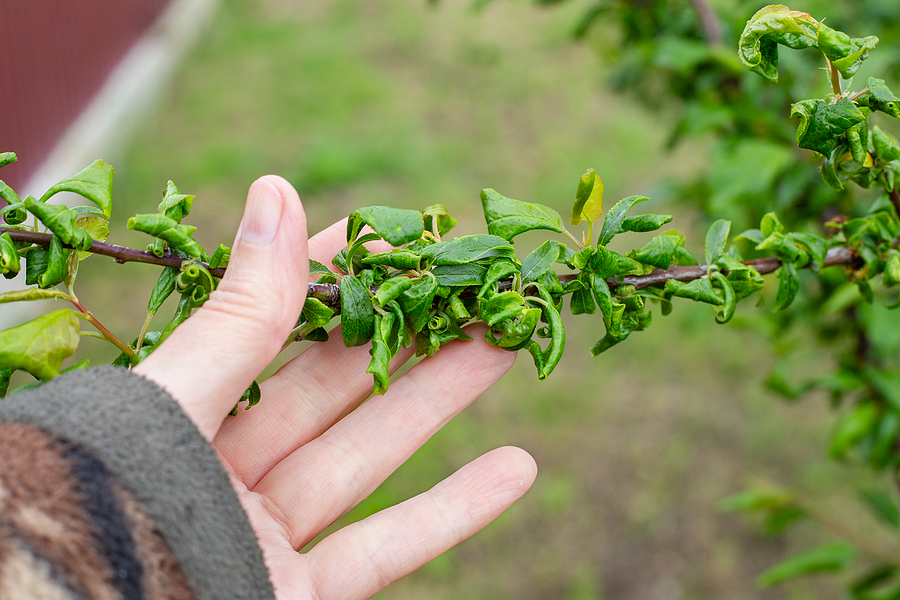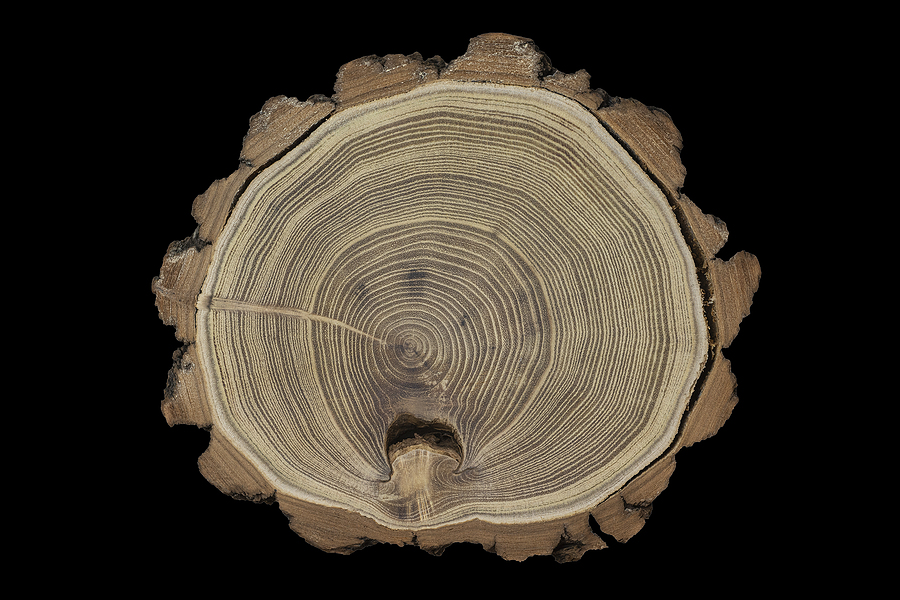Mulching is a simple yet highly effective practice in the realm of tree care that too often goes overlooked or improperly executed. When done correctly, mulching offers a myriad of benefits, not just for the trees but for your entire garden. This guide is designed to shed light on the nuances of tree mulching, helping homeowners and home gardeners understand its importance, the benefits it brings, and how to avoid common mulching mistakes.

The Importance of Mulching for Trees
Mulching is vital for maintaining healthy trees in your landscape. It involves the application of materials around the base of a tree to enhance the soil quality, conserve moisture, reduce weed competition, and provide a clean, aesthetic appeal. Beyond these visible benefits, mulching plays a crucial role in insulating the soil, offering roots a shield against extreme temperatures, and improving soil biology and structure.
Benefits of Proper Mulching for Tree Health and Growth
Proper mulching can significantly enhance tree health and promote vigorous growth. Some notable benefits include:
- Moisture Retention: Mulch helps retain moisture in the soil, reducing the need for frequent watering.
- Temperature Regulation: A layer of mulch acts as an insulator, keeping the soil at a more stable temperature.
- Weed Suppression: Mulch prevents sunlight from reaching weed seeds, thereby reducing weed germination and growth.
- Improved Soil: Decomposition of organic mulch enriches the soil with essential nutrients, beneficial for tree health.
Types of Mulch for Different Tree Species
The right type of mulch can make a significant difference. In Indiana, for example, native tree species such as the Tulip Poplar or White Oak may benefit more from organic mulches like bark chips or shredded leaves. Each type of mulch has its advantages and suits different tree species and soil conditions. Researching or consulting with local horticulturists can guide you to the best mulch choice for your trees.
Best Practices for Mulching Trees
When it comes to mulching trees, more is not always better. Following these best practices will ensure your trees gain the maximum benefits:
- Depth: Aim for a mulch depth of 2-4 inches. Too much can lead to excess moisture, encouraging rot.
- Distance from Trunk: Keep mulch at least 3-6 inches away from the tree trunk. This prevents moisture accumulation against the bark, reducing disease risks.
- Application Timing: Early spring is a great time to apply mulch, as it insulates the soil and enhances root growth.
Common Mistakes to Avoid When Mulching Trees
Some common mulching mistakes can adversely affect tree health. Avoid these pitfalls:
- Volcano Mulching: Piling mulch against the tree trunk can lead to moisture issues, disease, and pest infestations.
- Over-mulching: Excessive mulch can suffocate tree roots and lead to root rot.
- Using Fresh Wood Chips: Fresh wood chips can tie up nitrogen in the soil, impacting tree growth.
Sustainability Aspects of Mulching
Mulching also has sustainability benefits, particularly when using organic materials. These materials decompose over time, enriching the soil with nutrients and supporting the overall ecosystem. Additionally, mulching with local materials minimizes the environmental footprint associated with transporting mulch from distant locations.
Conclusion
Understanding and implementing tree mulching best practices is an essential aspect of sustainable gardening and tree care. It’s a simple step that can yield profound benefits for your trees and the environment. Take the time to mulch your trees correctly and watch as they grow stronger and healthier year after year.
We encourage all gardeners and homeowners to view mulching not just as a task, but as an investment in the health of their trees and the beauty of their landscapes. Contact Timberland Tree Care at 317-348-0811 for licensed and insured tree service in Indianapolis, Indiana. We serve residential and commercial customers all throughout the surrounding Indy areas.
Related Posts:
Essential Guide to Caring for Newly Planted Trees
What You Need to Know About Tree Mulching
The Basics of Routine Tree Care

